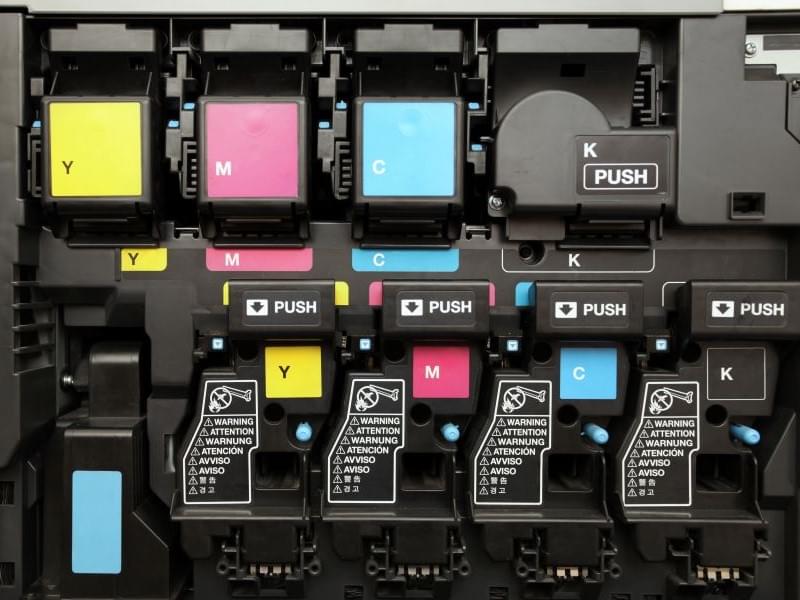Inkjet printing is the fastest growing print process in graphics and packaging printing, and beyond these applications into industrial and textile applications. In 2022 inkjet in graphics and packaging is big business as the industries throughout the sector digitise their production methods, worth $86.8 billion producing the equivalent of over 1.4 trillion A4 prints in total, according to
The Future of Inkjet Printing to 2027, a new report from Smithers.
As the technology has matured, inkjet has become an important production tool for print service providers and packaging converters in many diverse applications with the print devices and presses taking many different forms.
The markets have grown strongly over the past five years despite the impacts of the global pandemic. Total inkjet value in 2022 is 46.2% higher than 2017, with volume up by more than two thirds. Growth prospects for inkjet are good going forward, particularly in packaging, with an average CAGR of 7.8% in value between 2022 and 2027, 8.8% in print volume.
Growth in packaging will be highest between 2022 and 2027, increasing by an average CAGR of 17.7% in volume terms and 16.3% in constant value as flexibles and cartons grow strongly alongside corrugated.
The economics of inkjet printing
Inkjet printing offers significant advantages for short runs of new designs, saving the cost and time of plate or cylinder making. As inkjet presses become more productive and the cost of ink falls, inkjet becomes increasingly economic against analogue methods at higher print runs, and this is the main driver of adoption in most areas.
Inkjet printing is used because it is an economical alternative to other print processes, or it allows printers to sell new products or services for customers. It has the advantage of all digital print, of full variability and low set-up costs that allows economic printing of runs down to single copies, which is being adopted in book manufacture to provide a valuable source of additional revenue to publishers and has enabled the great growth in self-publishing titles.
Inkjet printing has proven to be economical compared to litho, gravure, screen and flexo for many print products, initially for short runs, then subsequently longer ones. Inkjet can provide flexibility and agility to user companies, allowing print-on-demand business models by reducing lead times, possibly printing unique versions or single copies. The ability to print totally variable content and to print onto virtually any surface provides a great advantage for inkjet.
Digital capability of inkjet
Because there is no printing plate or cylinder that is costly and time consuming to produce, digital printing is cheaper to produce in small runs than analogue printing. So, every print can be different, allowing full variability of text and graphics. The early adopters were largely used for quick turnaround short-run jobs. As the technology became more reliable new applications were targeted. The display and signage sector adopted wide format inkjet as a cost-effective alternative to screen printing and was widely adopted, changing the business models and customer expectation significantly
.
In labels, digital solutions have grabbed a significant proportion of the market and new high performance inkjet presses are poised to change corrugated, cartons, flexibles and rigid plastics and metal.
Flexibility
Inkjet is flexible enough to apply the right formulation of inks, coatings or adhesives onto virtually any surface, not just sheets or webs of paper or filmic substrates. The substrates may require pre-treatment or priming and the non-impact process means that inkjet capability may be added to conversion processes. This is being explored and increasingly adopted in many applications allowing process re-engineering that can provide significant time and cost savings against traditional print manufacturing processes.
Digital can do things that are useful to publishers and marketeers that analogue print cannot accomplish. There may be variable data or versioning of items, or there may be unique codes and personalised results that provides links to the virtual world.
Environmental benefits
The environmental performance of inkjet printing may be beneficial against competing processes, there is no physical master with associated chemicals and very short make-readies limiting waste, together with the ability to print short runs so reducing redundancy and waste across supply chains. This also can reduce cash tied up in stock which can be a major benefit for many print buyers. No plates means no plate costs, and often no minimum order quantities.
